All about spiral lightning
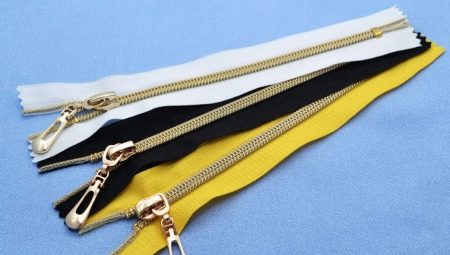
Zippers have become such a familiar and convenient element of clothing that people usually do not think about their structure and features. Nevertheless, in some situations it becomes necessary to purchase such accessories, which is why the buyer faces problems, because there are a huge number of types of fasteners. In this article, we will tell you about the features and types of spiral lightning, as well as reveal some tips for choosing them.
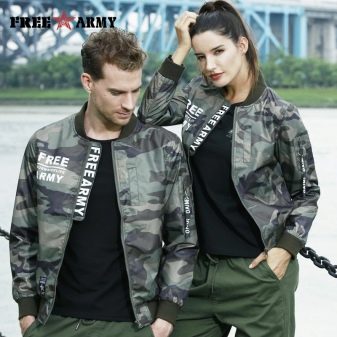
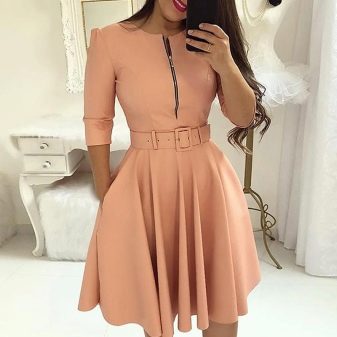
Peculiarities
A spiral zipper consists of two fabrics sewn to the bases of plastic spirals and runners. Depending on the purpose of the fittings, there may be no or special fasteners and a mechanism for joining the edges of two canvases on it. For example, a roll-up zipper does not have bartacks, because it is usually used for bed linen or furniture, and its ends are hidden under the fabric. One-piece "spirals" always have one large bartack at the beginning and two small ones on different sides of the fabric at the end - this prevents the slider from jumping off the fastener. Openable zippers are always produced with two small bartacks at the end and a connection mechanism at the beginning.
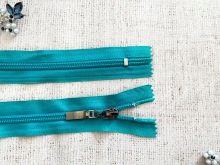
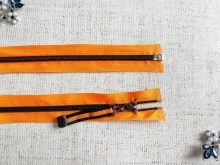
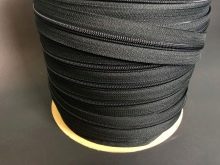
Views
Coil zipper can be any color: black, white, red, gray, or bright yellow. We also produce special fittings for workwear, for example, with reflective coating or waterproof dusting.
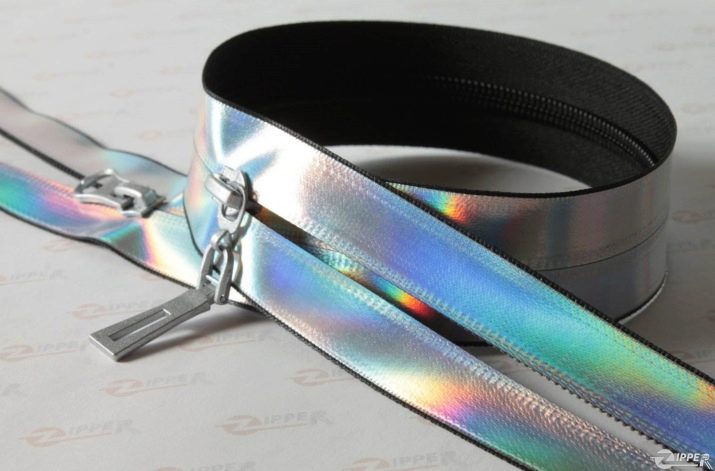
Another important factor that separates "spirals" into types is their number, which is also called the type. Such marking, as a rule, is placed on the fastener label; in some cases, manufacturers mark the slider with a number.
The figure directly corresponds to the width of the lower part of the "dog" and the width of the two sides of the plastic "spiral" connected to each other. Simply put, if the zipper type is 4, in the closed state, the width of the teeth will be 4 mm.
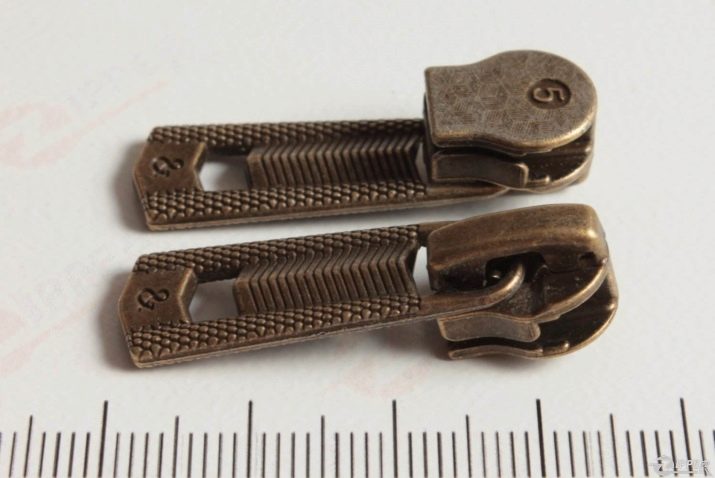
Let's consider in more detail the main types of spiral lightning.
- Type 3. The most common fastener for lightweight clothing. With this marking, dress, trouser and hidden zippers are usually produced.
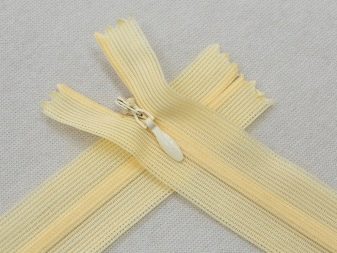
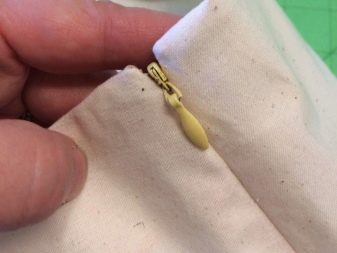
- Types 5 and 7. With such numbers are usually produced detachable "spiral" for sportswear and jackets. Also, type 5 zippers are one-piece: short accessories are often sewn into trousers or work pants made of dense fabric.
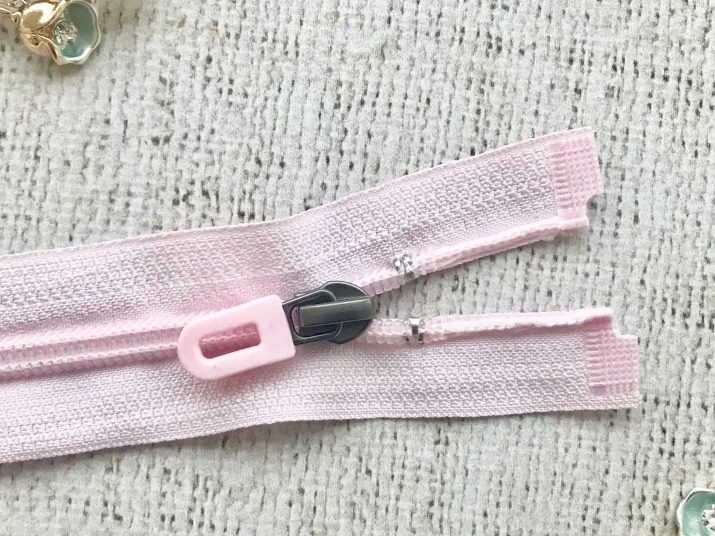
- Type 8. Wide and sturdy spiral fittings, most often used for sewing shoes.

- Type 10. A very wide type of "spiral", which is used very rarely in clothing, it can only be found on sheepskin coats. Most often, such a fastener is inserted into backpacks, travel bags and suitcases.
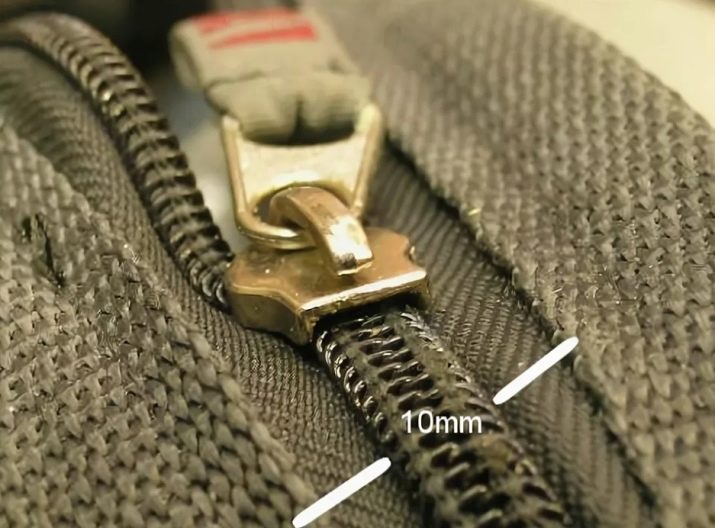
Selection Tips
The purchase of a zipper is always an important and responsible task, because the duration of the service life of clothing or other product where it will be sewn depends on the quality of the fittings. When choosing a clasp, follow a few simple tips:
- carry with you a piece of cloth or the thing itself, into which the "spiral" will be sewn: this will help to choose the right color of the cloth and teeth;
- carefully inspect the plastic spiral and the material to which it is sewn: the fittings should be uniform and evenly colored;
- fully open and close the zipper: the slider should move smoothly and firmly connect the teeth.
It is also necessary to check the operation of the slider lock before purchasing. The "dogs" have two types of locking mechanisms: semiautomatic (P / L) and automatic (A / L). The first type prevents unbuttoning in the event that the tongue of the slider is lowered (usually such a mechanism is installed on trouser zippers), the second fixes the slider in any position of the tongue (fasteners for jackets, dresses and other things). There is also a haberdashery (N / L) slider without a locking mechanism: such a product is usually used in roll zippers for furniture or bed linen.
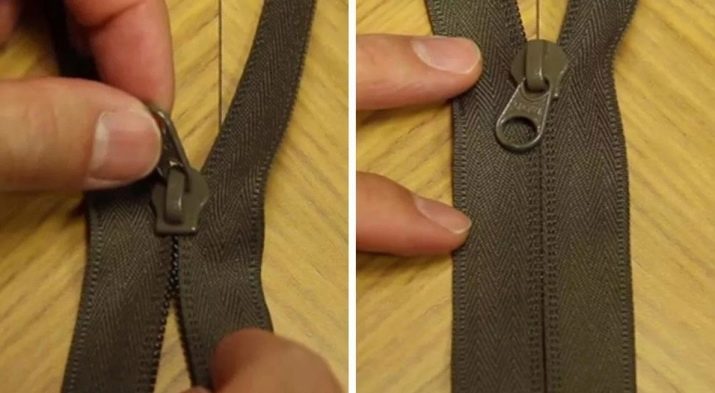
How to shorten?
To shorten the regular spiral fastener at the top, you first need to remove the metal fasteners from the top edges of the fabric. It is easy to do this: just use a screwdriver to unbend the teeth of the setting on the seamy side of the hardware and remove it from the canvas. Then, on one half of the fastener, mark the required length, and then pinch and fasten with threads along the mark of the canvas so that the plastic spiral takes the shape of the letter "G". The same manipulation is carried out with the second side of the zipper, after which, with the help of pliers, the fasteners are set to a new place in the bend section of the "spiral".





